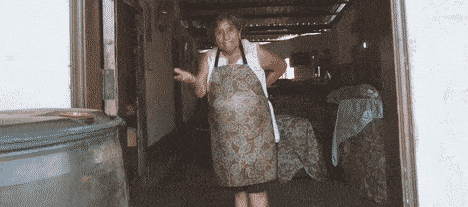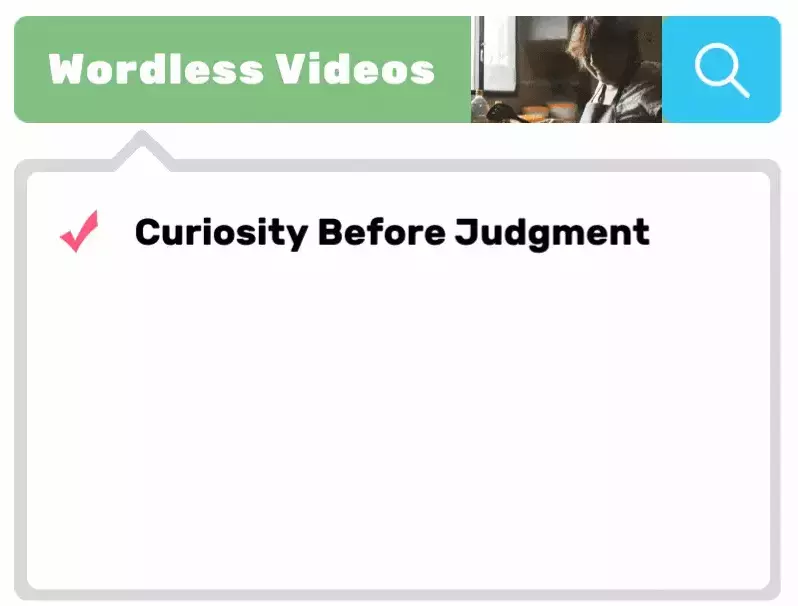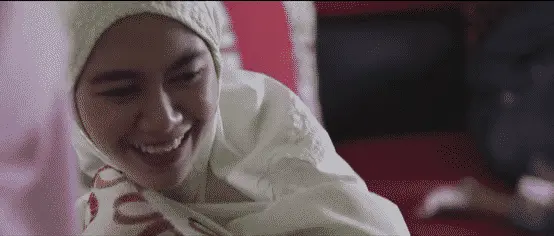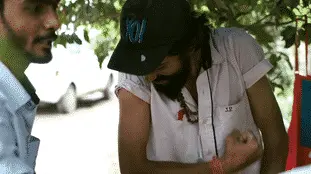How To Apologize With Our Hearts: Weave Awareness, Acknowledgement & Changed Behavior Into Saying Sorry
It’s time to say “I Am Sorry”. But HOW do we apologize? Do we acknowledge our misstep? Do we have awareness about what we are apologizing for? Do we apologize with our whole heart? Do we adapt our mindset and change our behavior to prevent the same misstep from happening again?
Go on an inner and global learning journey to practice mindful apologies — how to apologize with our hearts. Learning to apologize wholly helps us grow and helps us heal as a collective. Time can’t heal all wounds. A good “I’m sorry” can. We can apologize meaningfully.
WE are the mindful guides of our lifelong learning journeys.

I Am Sorry: A Lifelong Learning Journey To Learn How To Apologize With Heart With Self, Others & Our World
Notes: Explore the Humanity & Belonging Unit and Teaching Unit to further explore important concepts like listening, understanding, awareness, empathy, judgment, bias, mindfulness, how to apologize, and more. Build your empathy and compassion muscles with this lifelong learning lesson.
For learning that lasts a lifetime, repeat this apologize lesson plan on how to apologize often with time to reflect and repeat often with new Learning Journeys. Apologizing with heart is a lifelong practice and lesson for all of us.
You may also find that this lesson plan on deep breathing is helpful to prepare for this lesson on learning to say sorry as a truly meaningful apology.
1) ASK YOURSELF A QUESTION ABOUT HOW YOU APOLOGIZE
“Why do I say sorry?”
Think about a moment where you made a mistake and you knew you did. You felt it. You knew you did something wrong, you felt clearly you needed to apologize, and then you did. Why did you do it? Now make three columns on a piece of paper. Write down a few notes in the “left” column about why you feel you apologized. What are the words, feelings, and thoughts that come to your mind when you think of this apology?
Wonderful. Now let’s think about another moment. Try to think of a time when you apologized and didn’t really want to. Where you didn’t really mean it. Where you didn’t really feel like you needed to apologize. Where your apology felt forced for some reason. Where your apology felt unnecessary because you felt your intentions were right, at least. Now write down a few notes in the “left” column again about why you feel you did apologize this time. What led you to share “I’m sorry”?
And what about a time you never did apologize, but you feel you could have?
2) REFLECT ON HOW OTHERS APOLOGIZE TO YOU
Now let’s think about a recent time where someone did apologize to you and it felt great to hear. In column two, write down a few notes about what you feel led this person to apologize. Why do you feel this person said sorry to you? Why did that apology resonate with you? What are the words, feelings, and thoughts that come to your mind when you think of this apology?
Now let’s try to think of a time when someone apologized to you and it didn’t really feel right. Where you didn’t feel like the person meant it. Where the person’s apology felt forced for some reason. Now write down a few notes in column two again about why you feel this person’s apology wasn’t as meaningful. What made this person’s “sorry” feel less effective or less from the heart?
And what about a time where someone could have apologized to you, but never actually did?
3) EXPLORE APOLOGIZING WITH HEART MORE DEEPLY
“What do I notice about all of these different apologies? What seems to make apologies feel meaningful? What seems to make apologies feel less from the heart, and more forced? What seems to lead to apologies never happening?”
Learning to apologize with heart is essential on the lifelong learning journey. Note: this is incredibly challenging to do well and consistently for the person writing this learning guide, too. This learning guide is for all of us, not just “you”. We’re on this learning journey together.
Choose a story focused on apologizing with heart. As you watch the video, and as you read the written narratives, reflect on what you feel about the apologies discussed in the stories. Write notes in column three now, and note what you feel stands out about the apologies discussed in each story you choose.
Does this spark any ideas on how you can apologize more meaningfully in the future? Does this bring awareness to any new realizations you have about how to apologize with heart?
As you engage with these stories (or any story on the stories page!), reflect on where listening and understanding may play a role in this person’s life and in learning to apologize with heart. How might listening deeply be helpful in _____’s life? How does our approach to listening impact ourselves? How does it impact others? What does ____ have to share about this impact of listening to understand? What does this person have to share about how to apologize with our whole hearts?
4) AWARENESS, ACKNOWLEDGEMENT, ADAPTING: REFLECT ON ESSENTIAL ASPECTS AS WE APOLOGIZE BETTER
Reflect on these three words. Awareness. Acknowledgement. Adapting.
Where do these words fit in as you think about how you apologize? Do any of those words resonate as you think about the times (from your notes today) where you found apologies to be meaningful? Do any of the words resonate as what felt “missing” when apologies didn’t feel right to you or to someone else?
Sometimes, our intentions are there, but that doesn’t show in our thoughts, words, and actions. That could be what someone is trying to share with us. We might feel “but my intention wasn’t that!” Maybe that’s the whole point? Maybe that’s why we need to apologize? Because though we intended one thing (if we truly really intended that, which is a whole different conversation), something else happened. That can create hurt, and we can be accountable for that hurt, despite not intending to have caused it.
Reflect on what awareness of our actions and words can do in our relationships. Think about what acknowledging our missteps can do for ourselves and for others. Explore what adapting and changing our behavior can do for ourselves and others as we apologize and as we heal together.
Reflect on what apologizing to others can do for our collective healing and wellbeing.
Learning to apologize with heart is hard work. Let’s keep the learning journey going and growing for life.

JOURNAL ON HOW YOU APOLOGIZE WITH HEART
As you engage in your day, reflect on how you notice yourself and others apologize.
As you work to apologize with heart, journal about your progress. It doesn’t have to be about being perfect. Journal about all of it. When you struggle to apologize wholly. When you notice yourself forcing yourself to apologize or not fully meaning it. When you notice others sharing an apology that doesn’t feel right to you. Write about all of it. It can all help us grow.
Learning to apologize is a lifelong practice and a lifelong learning journey. It’s not something we do or don’t every single time.
As you journal on your apologies, ask others questions about all of this. See how others engage in becoming better at apologizing. We can learn from one another!
If we all make apologizing with heart a conversation in the day to day of our lives, it will become a practice over time that lasts for a lifetime! Loving learning for life is the goal, right?
Wordless Videos & Lesson Plans To Learn To Apologize With Heart, Say Sorry Better & So Much More!
Learning to apologize with heart isn’t a one time thing, and it doesn’t end after this “apologize lesson plan”. Practicing apologizing wholly and saying sorry with awareness and acknowledgement is something we can do for life! Lifelong global learning lessons are all around us.
Read more here about why our videos don’t have words: no prescribed narrative, no language barrier! Curriculum content that helps early childhood learners prioritize curiosity and understanding over judgment and bias from an early age, which is also key to how we apologize. Through wordless stories — browse below!

We are lifelong learners, educators & storytellers weaving together authentic human stories that we wish we had as kids.
Why? Without curiosity before judgment, our ability to see one another as unique, whole, beautiful humans starts to tangle.
This leads to knots within and between us.
Knots that lead us to treat other humans and our planet in a way that is not kind and compassionate.
Better World Ed’s real life human stories help us untangle these knots and reweave community. Stories to bring humanity into education.
We believe deeply that every single challenge we face is indeed addressable.
If and when we reweave.

READY TO DIVE DEEPER?
Each story we create weaves math, literacy, empathy, wonder, global awareness, and cultural understanding together through:
WORDLESS VIDEOS about unique humans all over the world. Teach and learn curiosity before judgment at every age.
Lifelong wonder. Deep belonging.

HUMAN STORIES & QUESTIONS from our new friends in the wordless videos. Weave empathy, math, literacy & belonging.
Meaningful understanding. Language inclusive.

INTEGRATED LESSON PLANS weave the videos & stories with relevant academics. Activities, art, movement, play & more.
Compassion conversations. Creative collaboration.

Real life human stories to help us grow our awareness, curiosity, empathy, and compassion.
Creativity, critical thinking, collaboration, and connection.
For LIFE. Early Childhood, K-12 & Adults.

REAL LIFE STORIES TO LOVE LEARNING FOR LIFE
To seek diverse perspectives. Challenge assumptions. Confront bias. Suspend judgment. Celebrate questions.
To embrace our emotions wholly.
To revel in our complex, beautiful differences.
To see one another. To understand each other.
To bring humanity into the classroom. Into our homeschooling.
To bring humanity into education.
Global and inner immersion to love learning about self, others, and our world.
To learn to love self, others, and our world.

HUMANIZING LEARNING CONTENT FOR YOU(TH)
Education for our shared humanity.
For our heart, mind, body, and soul.
For healing, unity, and living with ubuntu.
Purpose. Meaning. Dignity. Belonging.

Global stories to become mindful humans untangling the knots within and between us. To reweave the fabric of community.
Real stories to reweave humanity into education.
To Be WE.


